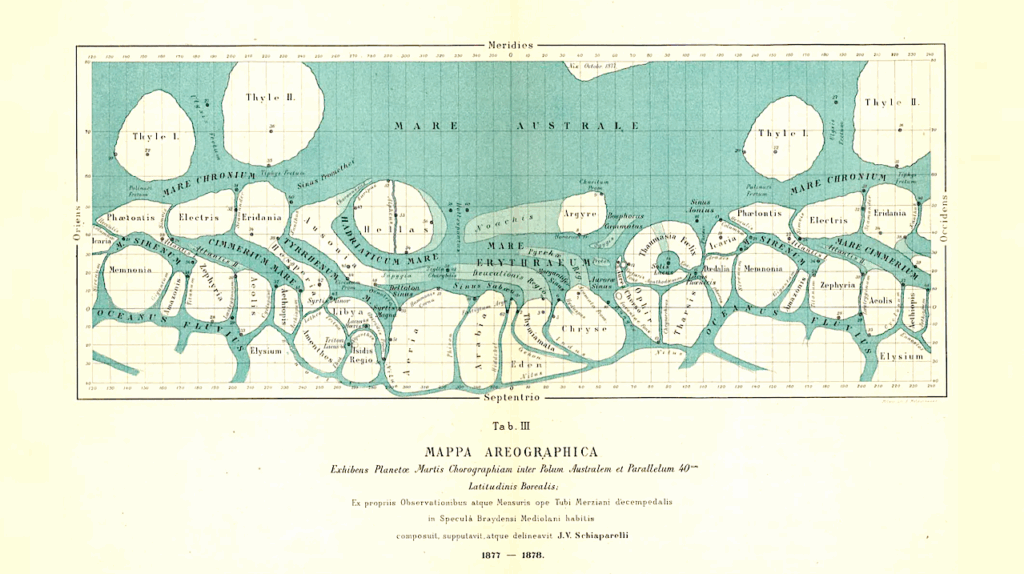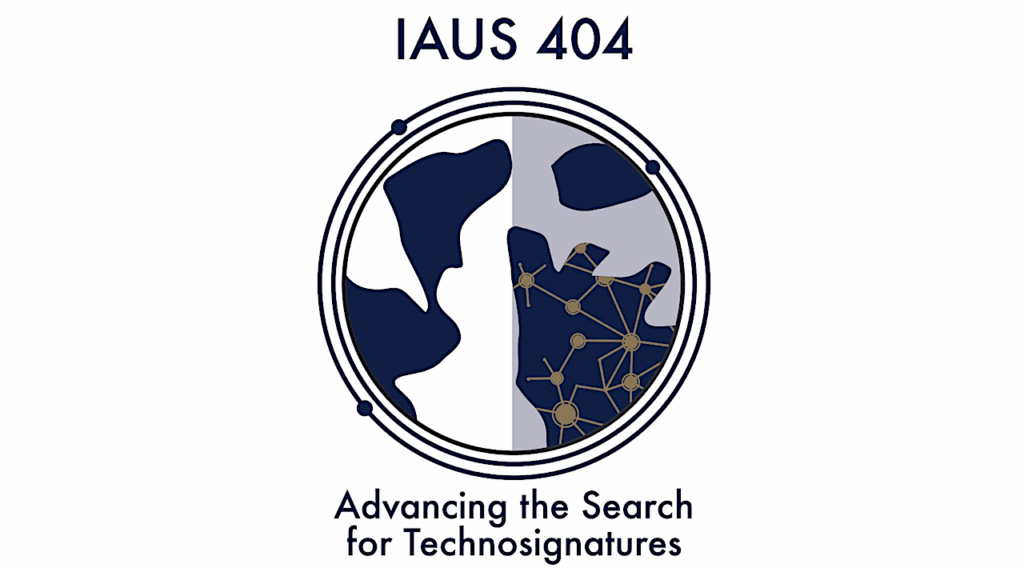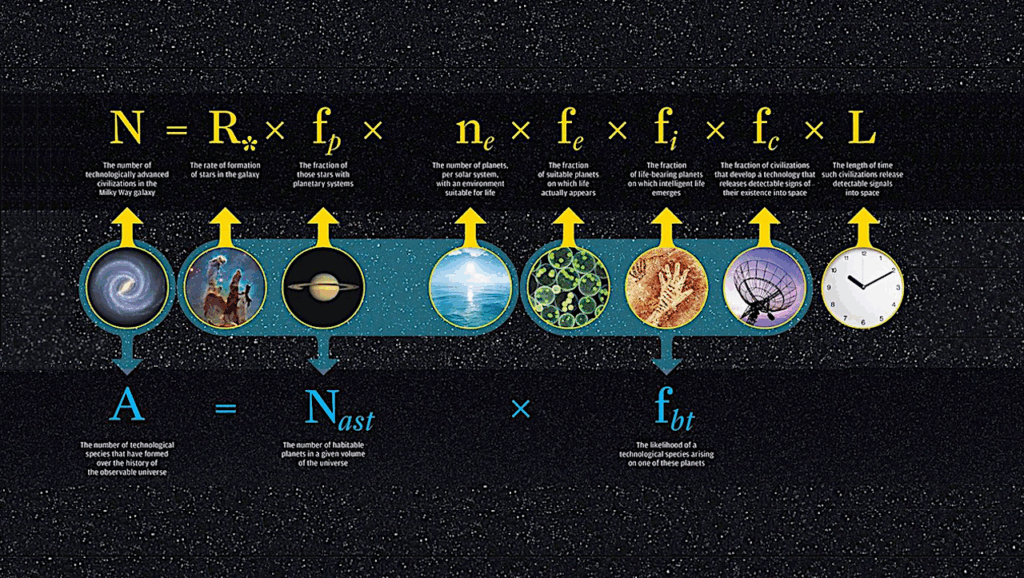Qualitative Classification of Extraterrestrial Civilizations

Abridged: The interest towards searches for extraterrestrial civilizations (ETCs) was boosted by the discovery of thousands of exoplanets. We turn to the classification of ETCs for new considerations that may help to design better strategies for ETCs searches.
We take a basic taxonomic approach to ETCs and investigate the implications of the new classification on ETCs observational patterns. We use as a counter-example to our qualitative classification the quantitative scheme of Kardashev. We propose a classification based on the abilities of ETCs to modify their environment and to integrate with it: Class 0 uses the environment as it is, Class 1 modifies the it to fit its needs, Class 2 modifies itself to fit the environment and Class 3 ETC is fully integrated with the environment. Combined with the classical Kardashev’s scale our scheme forms a 2d scheme for interpreting ETC properties.
The new framework makes it obvious that the available energy is not an unique measure of ETCs, it may not even correlate with how well that energy is used. The possibility for progress without increased energy consumption implies lower detectability, so the existence of a Kardashev Type III ETC in the Milky Way cannot be ruled out. This reasoning weakens the Fermi paradox, allowing the existence of advanced, yet not energy hungry, low detectability ETCs. The integration of ETCs with environment makes it impossible to tell apart technosignatures from natural phenomena.
Thus, the most likely opportunity for SETI searches is to look for beacons, specifically set up by them for young civilizations like us (if they want to do that is a matter of speculation). The other SETI window is to search for ETCs at technological level close to ours. To rephrase the saying of A. Clarke, sufficiently advanced civilizations are indistinguishable from nature.
Valentin D. Ivanov, Juan Carlos Beamin, Claudio Caceres, Dante Minniti
Comments: accepted in A&A; 7 pages, 1 figure
Subjects: Popular Physics (physics.pop-ph); Earth and Planetary Astrophysics (astro-ph.EP)
Cite as: arXiv:2005.13221 [physics.pop-ph] (or arXiv:2005.13221v1 [physics.pop-ph] for this version)
Submission history
From: Valentin Dimitrov Ivanov
[v1] Wed, 27 May 2020 08:04:43 UTC (87 KB)
https://arxiv.org/abs/2005.13221
Astrobiology, SETI








